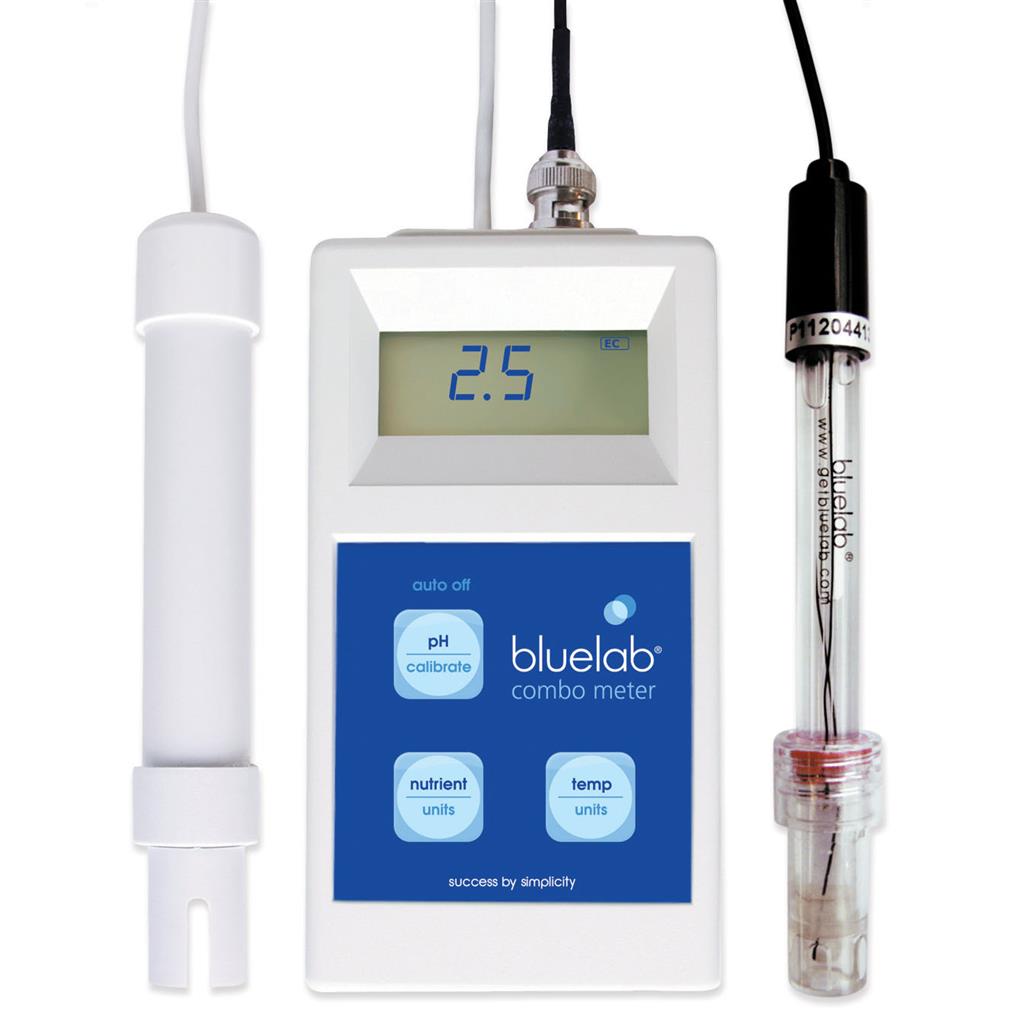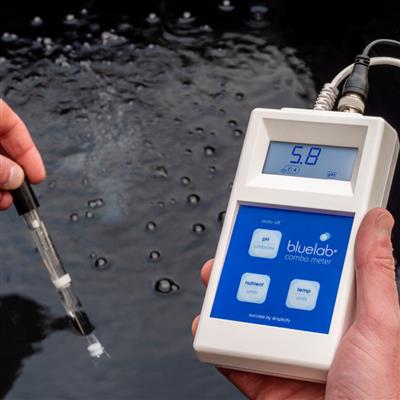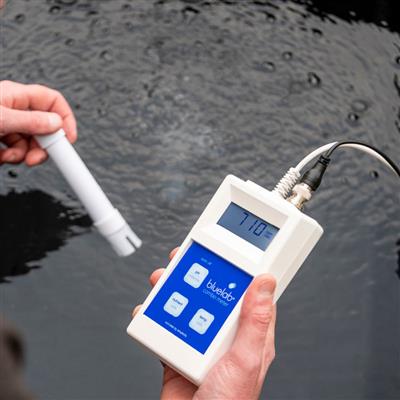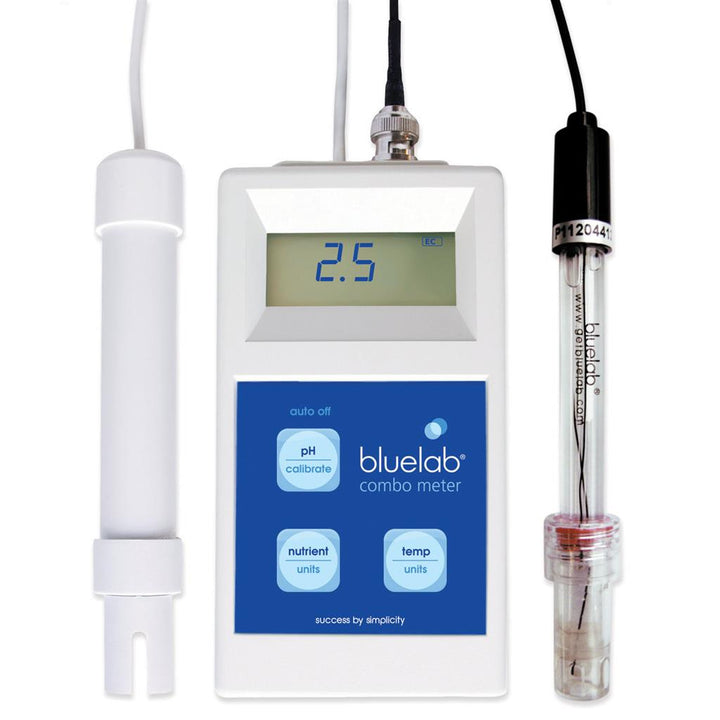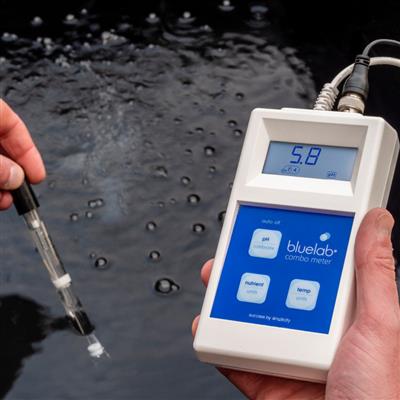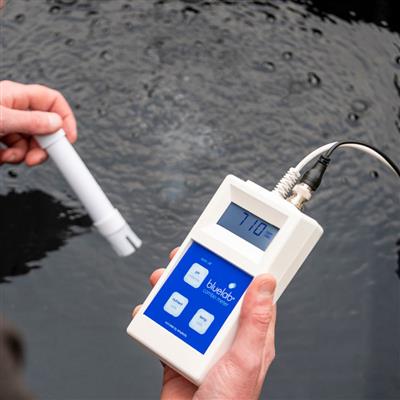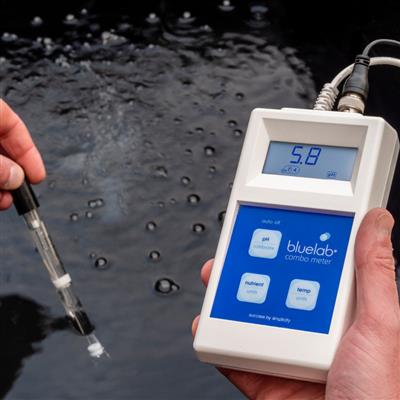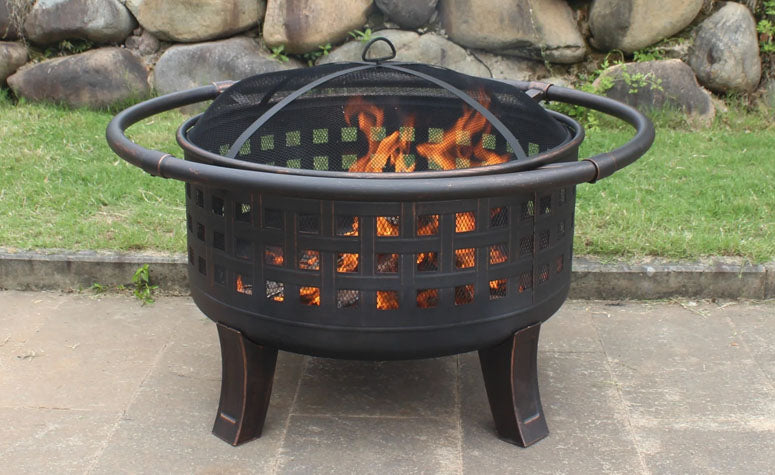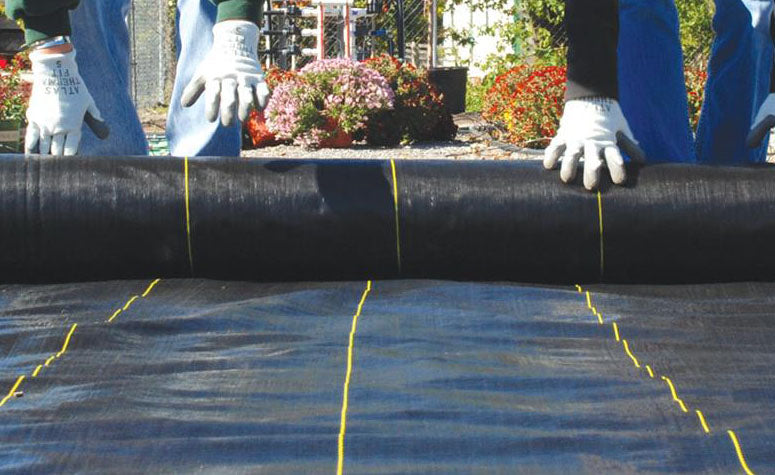The fundamental parameters of pH, conductivity and temperature all play a pivotal role in driving optimal plant health. By regularly measuring the fundamentals, the Bluelab Combo Meter will enable you to optimize your plants nutrient uptake.
While conductivity indicates the total amount of nutrients in your solution, pH (potential Hydrogen) shows how acidic or alkaline your medium is, which determines nutrient absorption. Temperature affects your plants growth rate and structure.
The Bluelab Combo Meter measures pH, conductivity and temperature in nutrient reservoirs, run-off and water supply. What's more, this meter can be used on the go, giving you fast and accurate readings when and where you need them.
The Bluelab Combo Meter provides the ultimate convenience by taking care of all three nutrient uptake fundamentals simultaneously. Not only that, but this multi-parameter meter and its probes feature a brilliantly simple design. The Bluelab pH Probe is easy to use, clean and calibrate; when the time comes, it's also easy to replace. Likewise, the Bluelab Conductivity Probe has straightforward functionality, requiring no further calibration.
Product Features
- Measures pH, conductivity and temperature on the go
- Brilliantly simple design that's easy to use, clean and calibrate
- Backlit display to capture every measurement with ease
- Includes a pH Probe and Conductivity Probe to cover all your nutrient uptake fundamentals
- 6.5' (2 meter) cable for measuring in hard-to-reach locations
- Customize scales to your preference - conductivity in EC, CF, PPM 500 (TDS) or PPM 700; temperature in Celsiusius or Farhenheit
Additional Information
Bluelab Combo Meter Manual (PDF)
Bluelab Combo Meter Specifications (PDF)




